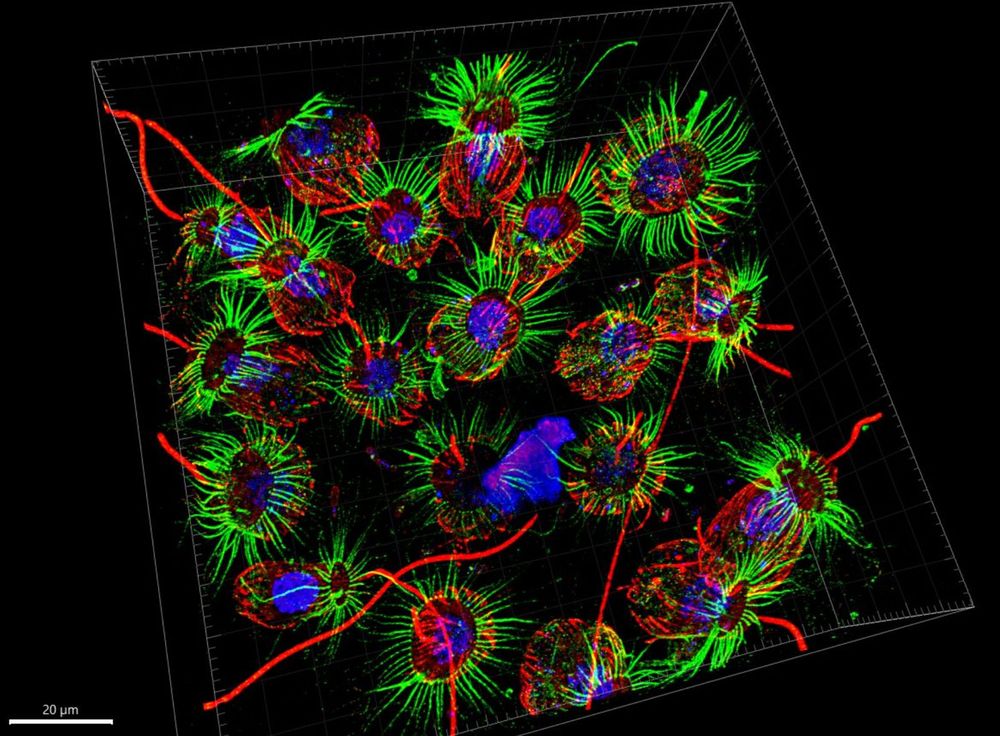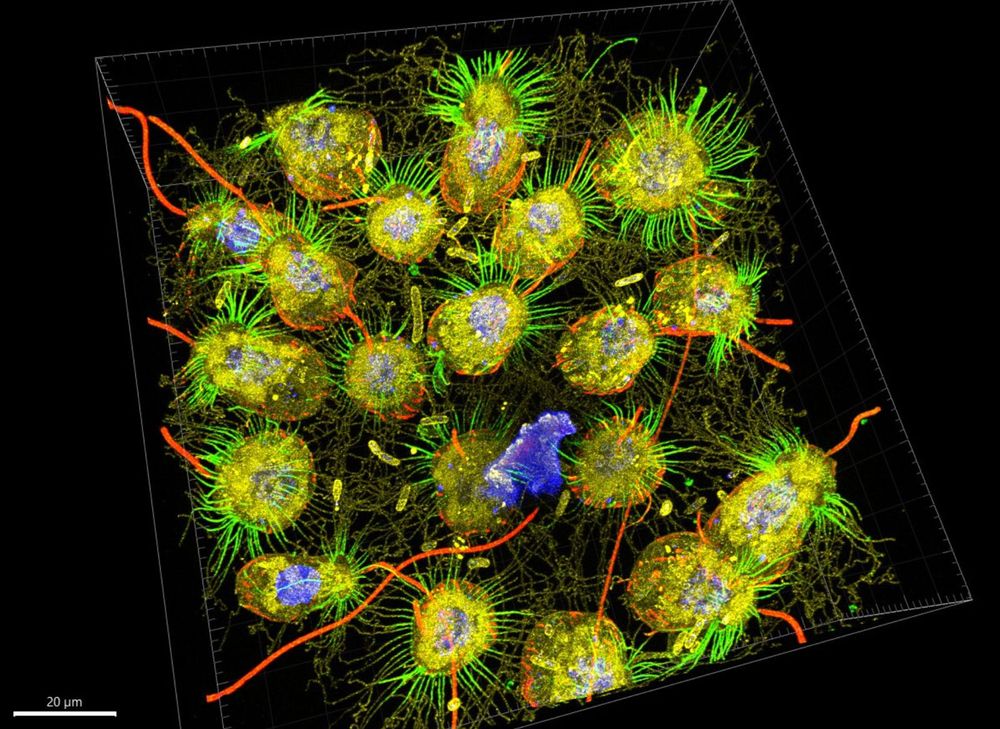
Finally out with Cambridge University Press: the book by Udo Seifert on "Stochastic thermodynamics". It comprehensively covers many topics, from an introduction to statistical physics to many special subjects such as reaction networks and active particles. Highly recommended 👍👍👍

Finally out with Cambridge University Press: the book by Udo Seifert on "Stochastic thermodynamics". It comprehensively covers many topics, from an introduction to statistical physics to many special subjects such as reaction networks and active particles. Highly recommended 👍👍👍

www.science.org/doi/full/10....
www.science.org/doi/full/10....
arxiv.org/abs/2505.08637

arxiv.org/abs/2505.08637
Common adaptive types in air-liquid-interface colonization turn out to grow slowly and colonize the niche inefficiently. They even fail when monocultured from low inocula. How can they reliably succeed in laboratory evolution? [1/5]
Common adaptive types in air-liquid-interface colonization turn out to grow slowly and colonize the niche inefficiently. They even fail when monocultured from low inocula. How can they reliably succeed in laboratory evolution? [1/5]
How many cells transmit when a strain is shared?
Can strain composition be dynamic when species composition is stable?
We answer these and related questions for the facial skin microbiome in our latest paper.
🧵[1/10]

How many cells transmit when a strain is shared?
Can strain composition be dynamic when species composition is stable?
We answer these and related questions for the facial skin microbiome in our latest paper.
🧵[1/10]


www.nature.com/articles/s41...
www.nature.com/articles/s41...

